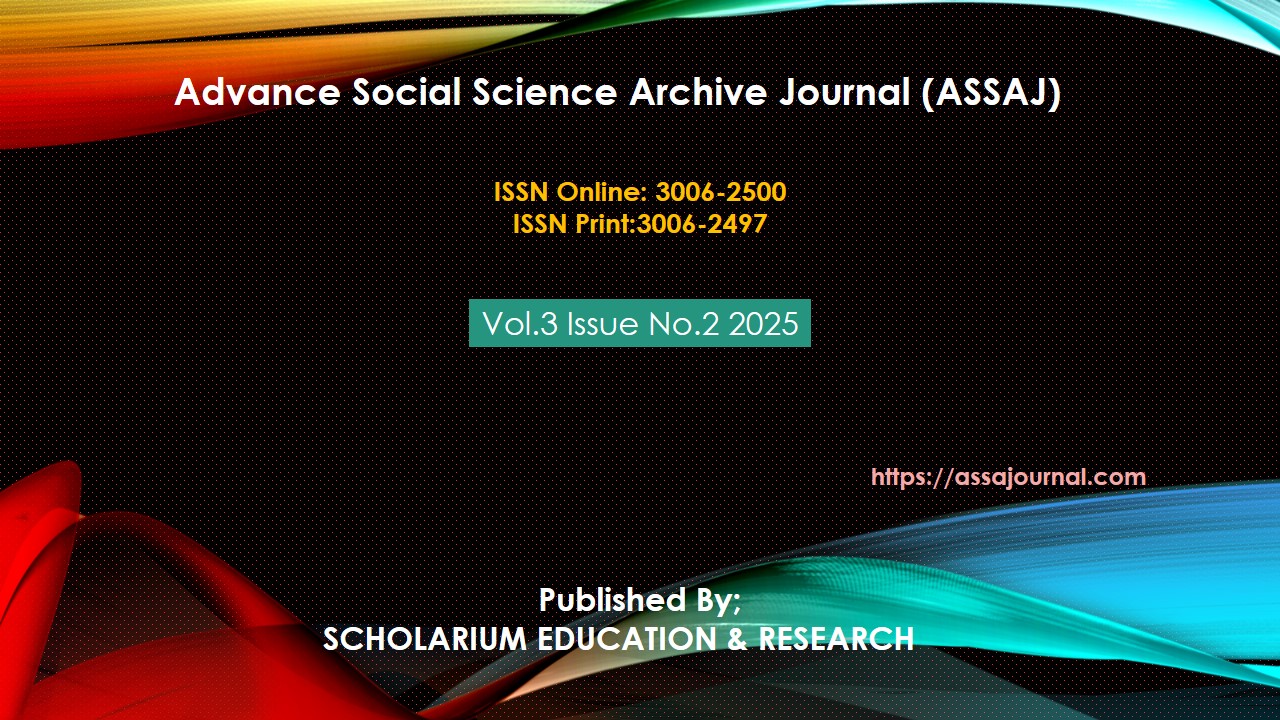Predicting Customer Churn demography in Telecom Industry through Deep Learning Model
Abstract
Customer turnover, or the loss of subscribers, is a major challenge for telecommunication companies since it is cheaper to retain customers than to get new ones. This paper introduces an Artificial Neural Network (ANN) model to forecast customer churn based on deep learning methodologies. A vast customer database was examined to determine the factors that drive churn. The ANN model successfully identifies intricate patterns in the data and correctly predicts churn using several input features. In order to balance data imbalance—where churn customers are more in number than active customers—over-sampling and under-sampling methods were employed. The important findings indicate demographic characteristics, that is, age and use of the service, as strong predictors of churn. Those customers who are younger in age and those with low account balances or high complaints are the ones who switch providers the most often. The model allows telecoms to preemptively respond to churn threats, enhance customer retention efforts, and make informed decisions to increase customer loyalty and overall profitability.
Keywords: Customer Churn, Telecom Industry, Artificial Neural Network (ANN), Deep Learning, Predictive Modeling, Data Imbalance.





